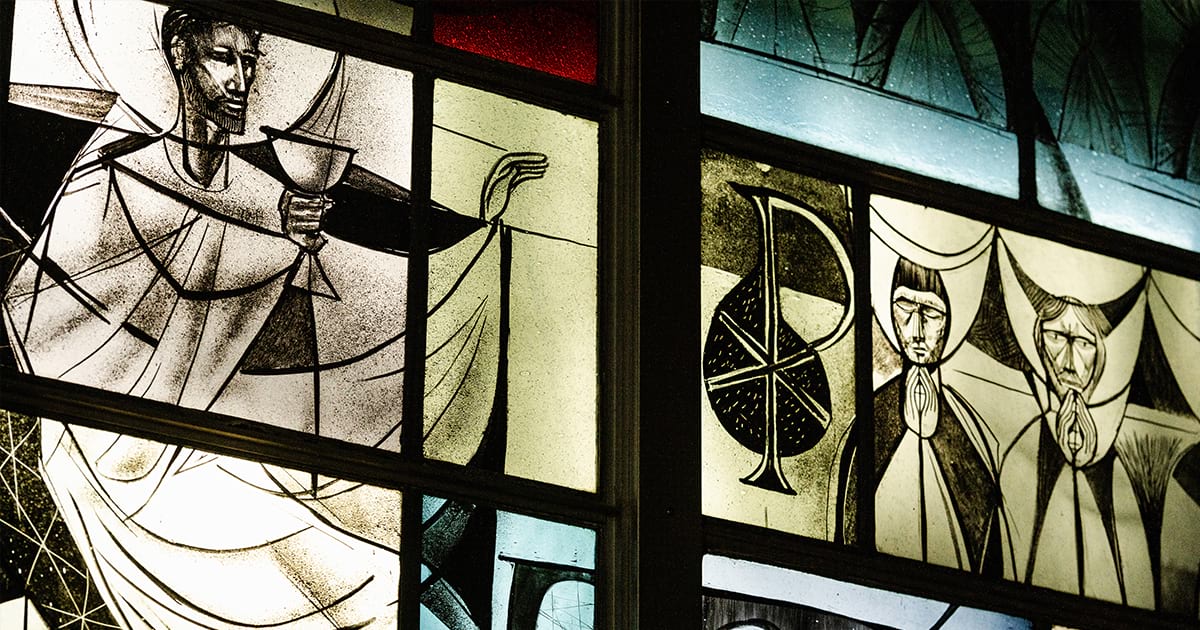
The Christians who lived at the time of the Reformation asked the same question. To help them answer it, Luther identified seven marks of the church: the Word of God, Baptism, the Lord’s Supper, the Office of the Keys, the Office of the Ministry, prayer and the cross (i.e., persecution).
But how did Luther identify these marks? He looked to God’s Word. In the May issue of The Lutheran Witness, the Rev. Dr. Jonathan Mumme, associate professor of theology at Hillsdale College, Hillsdale, Mich., provides the biblical foundation — with extensive Scriptural references — for all seven of Luther’s marks.
These marks help identify faithful Lutheran churches around the world. Sarah Reinsel, staff writer for LCMS Communications, has delved deeply into the history of the Synod’s partner churches in Latin and South America. In this issue, she provides a short summary of their history and the story of how each continues faithfully to proclaim Christ and Him crucified to this very day.
In addition, Stacey Egger, another LCMS staff writer, looks at how churches can work together during this age of shrinking and struggling congregations. Her story on Multi-Congregation Parishes (MCPs) demonstrates how they are not signs of failure but opportunities for the church to proclaim the Gospel even in the midst of difficulty.
The May issue of The Lutheran Witness, “Made and Marked by Christ,” invites readers to reflect on the church, the spotless Bride of Christ, and to ponder how she continues to receive from her Head all that she needs.
Subscribe at cph.org/witness.